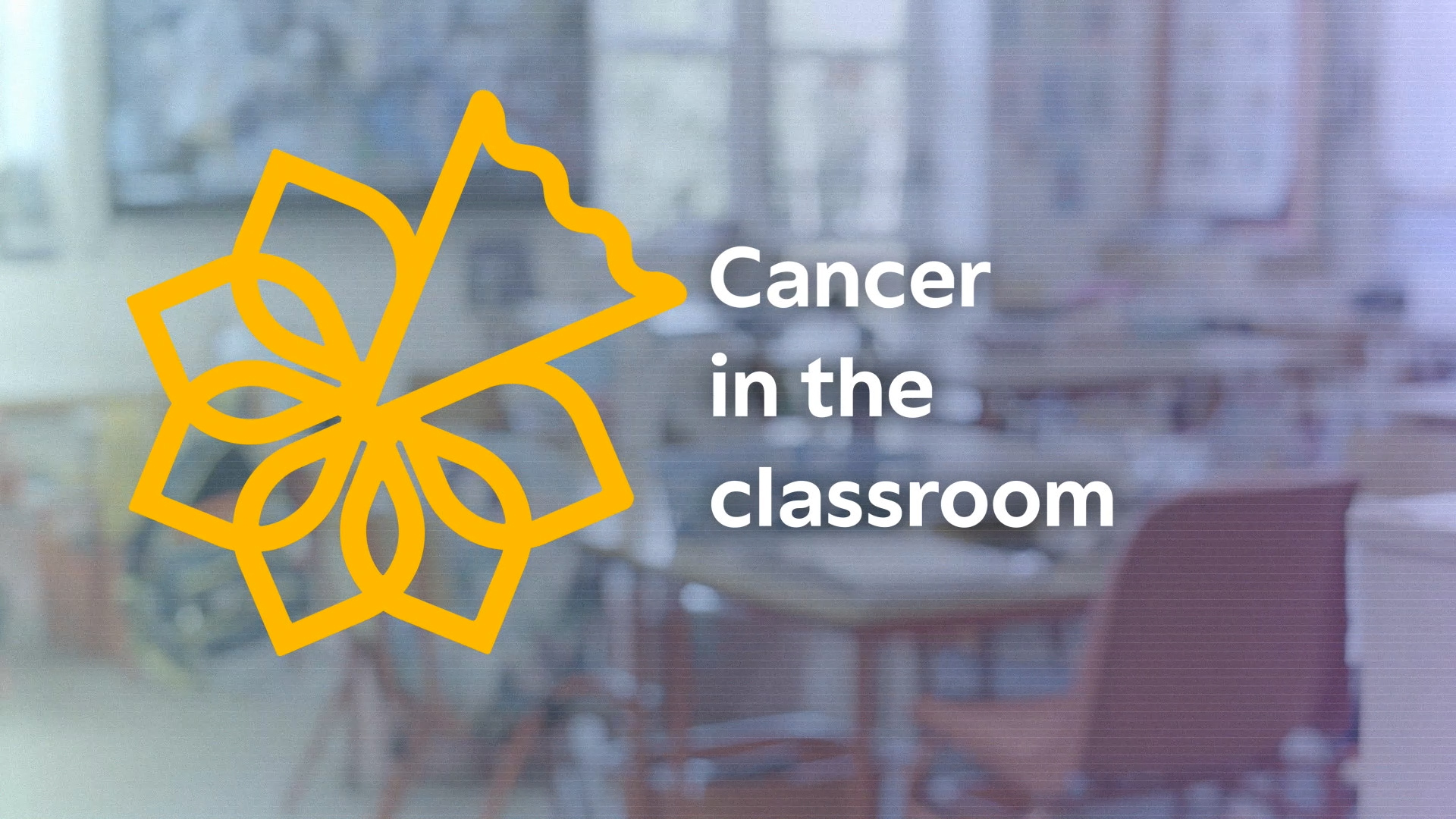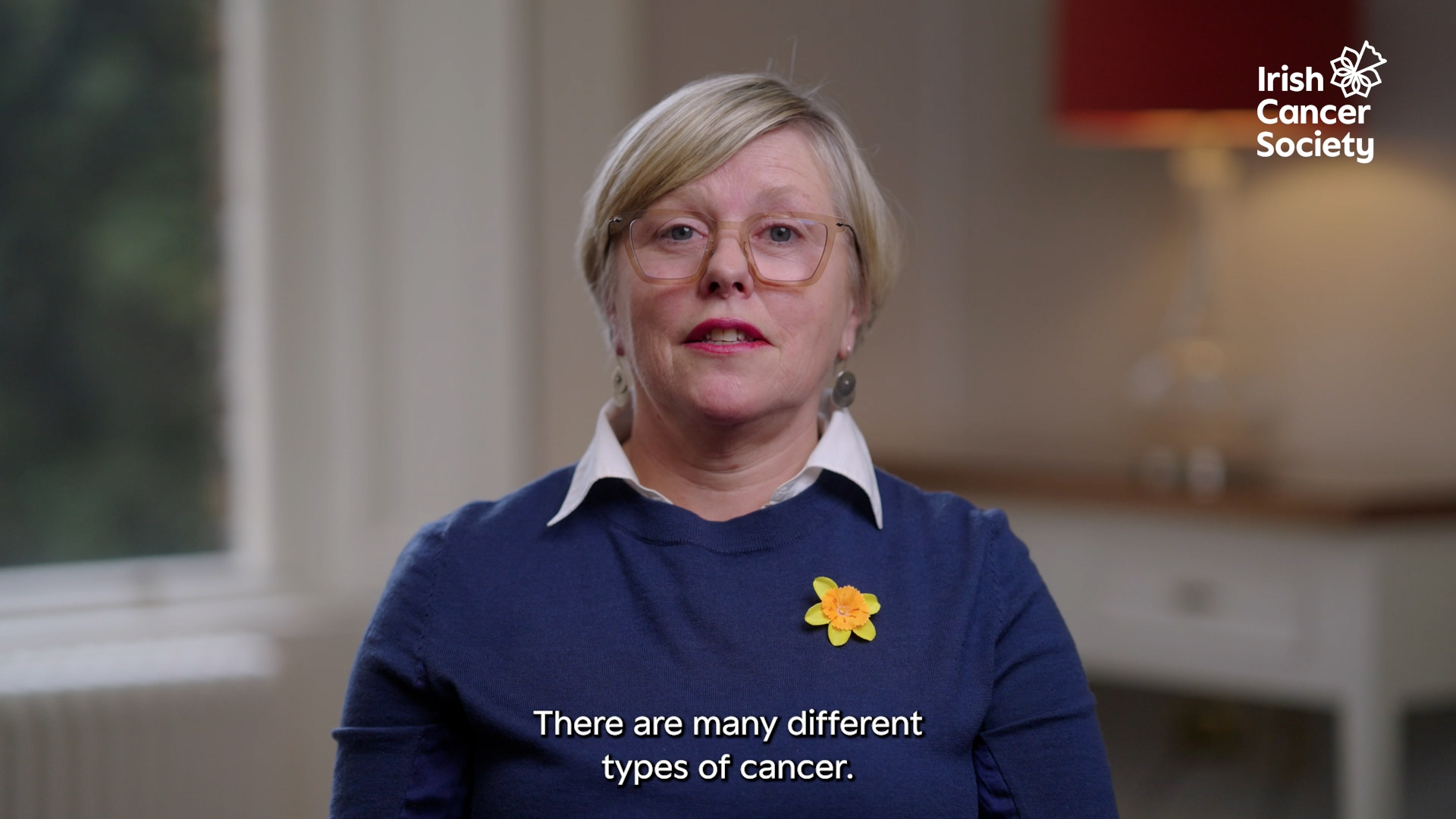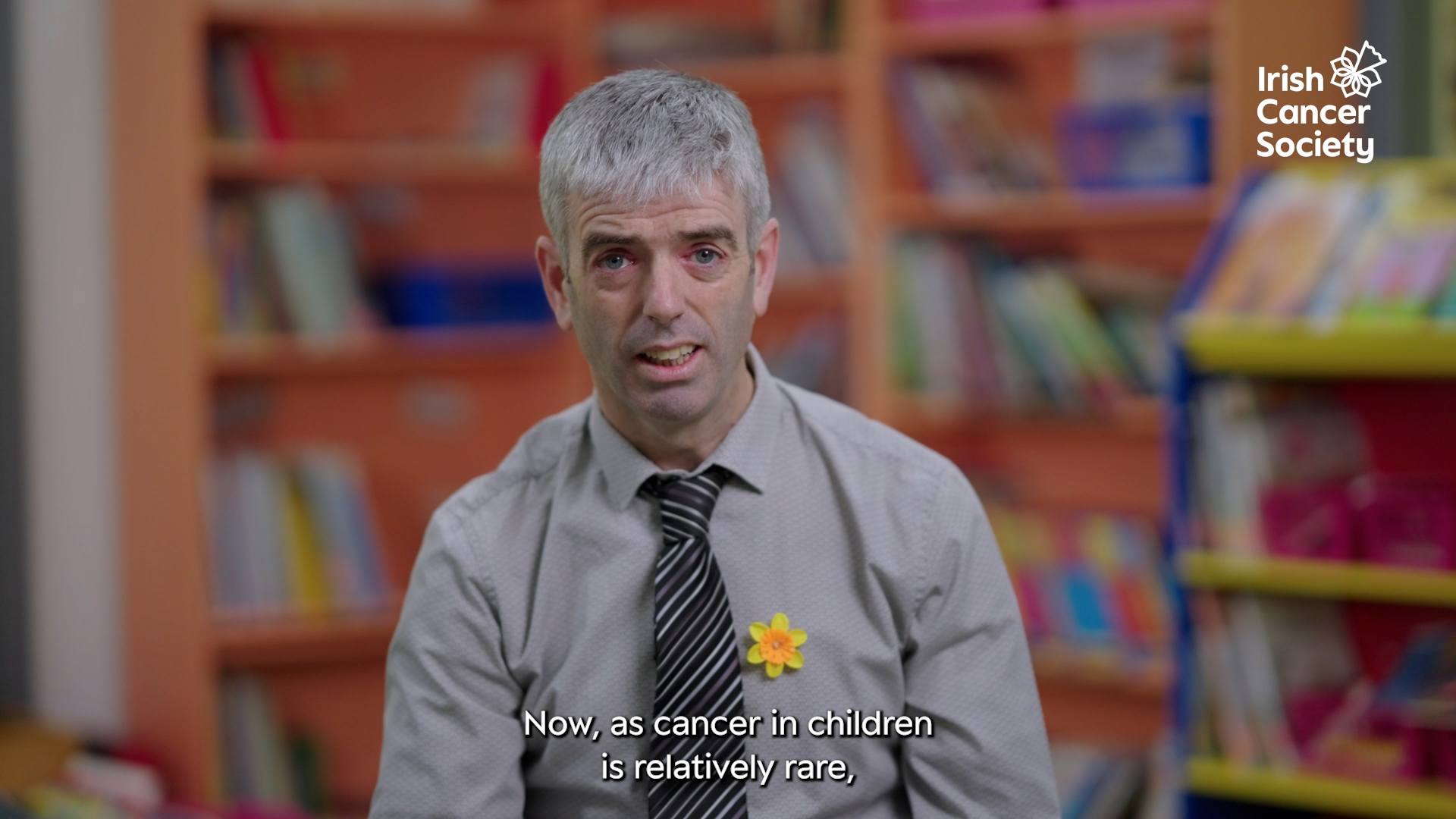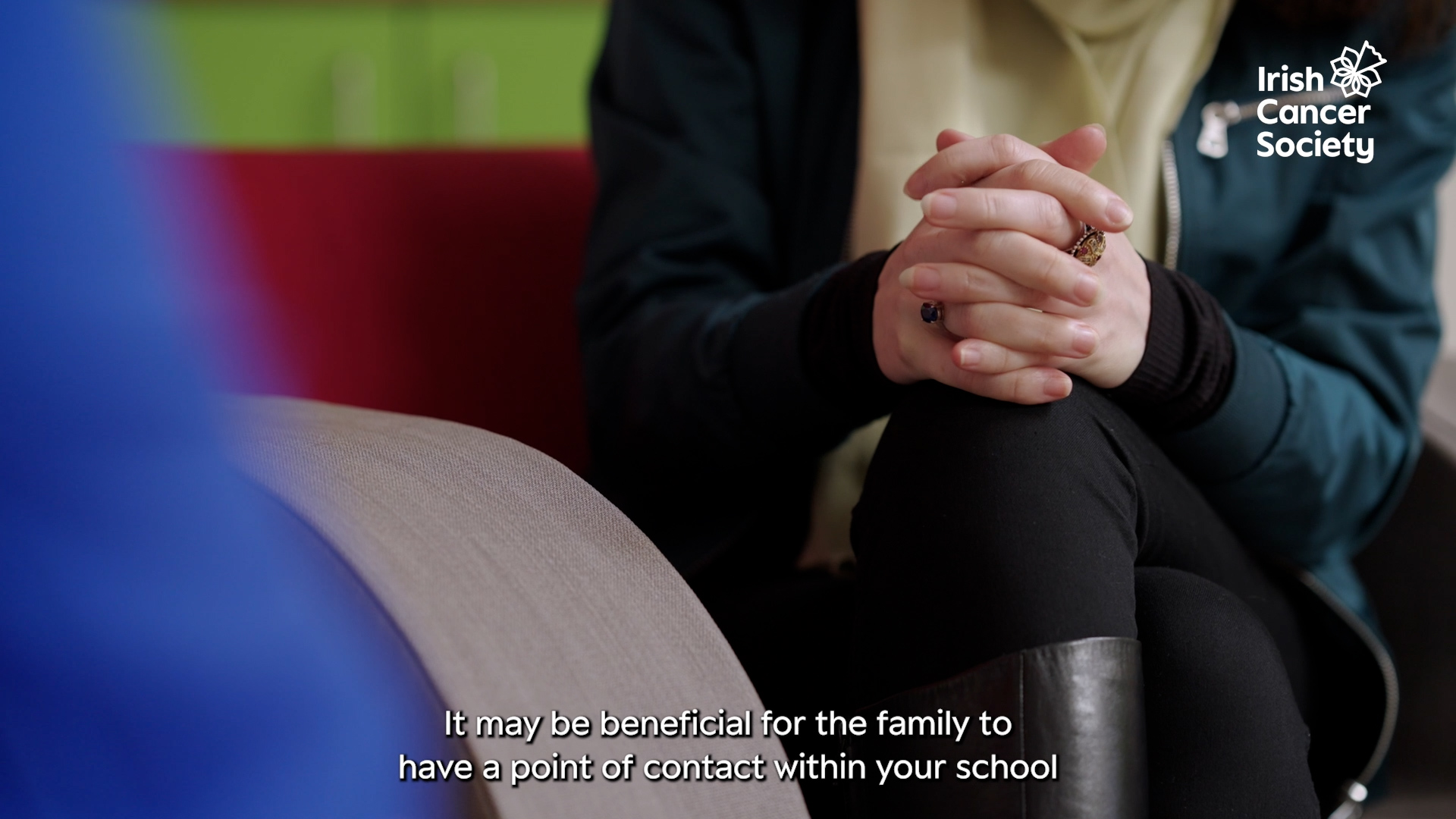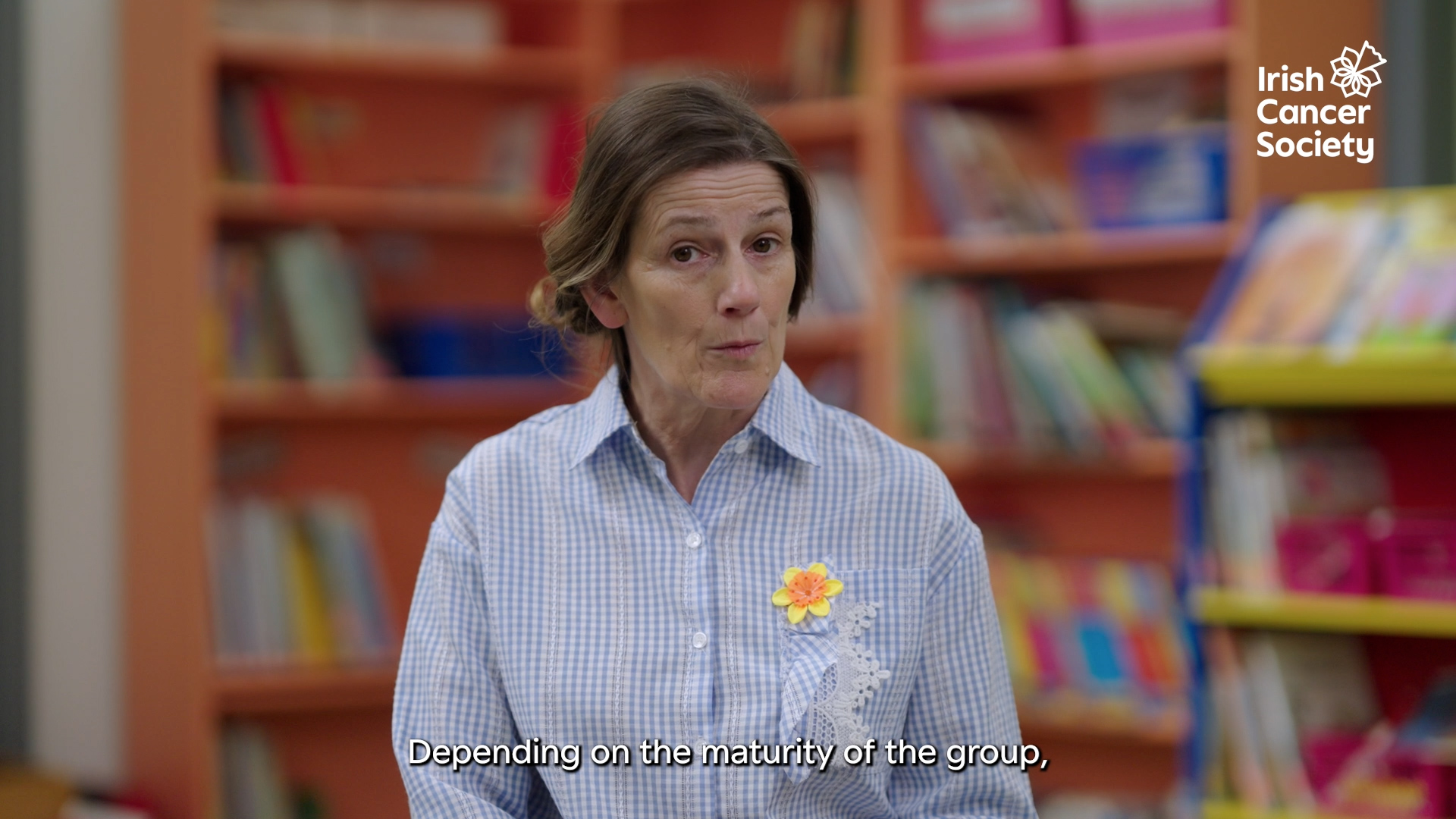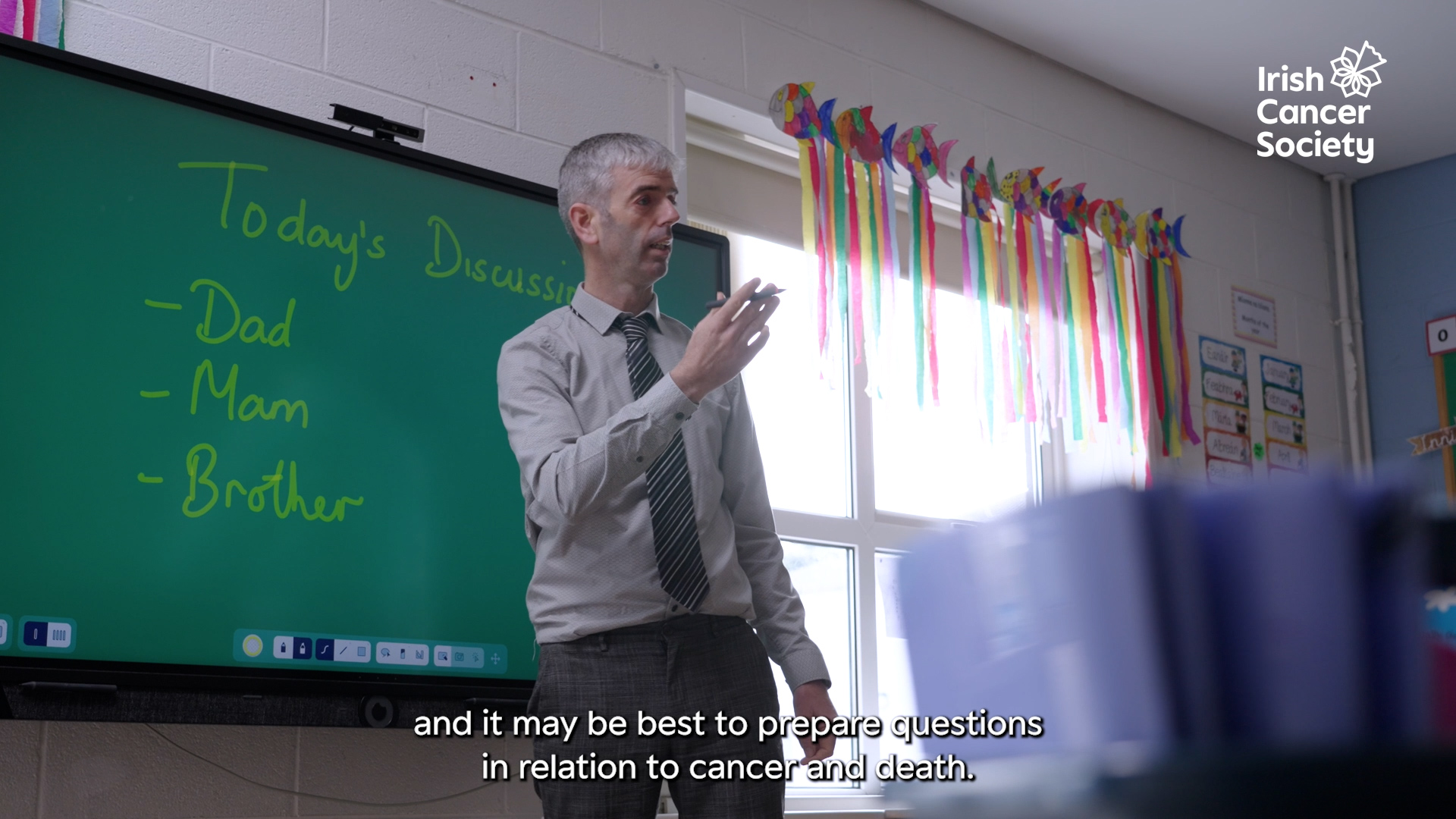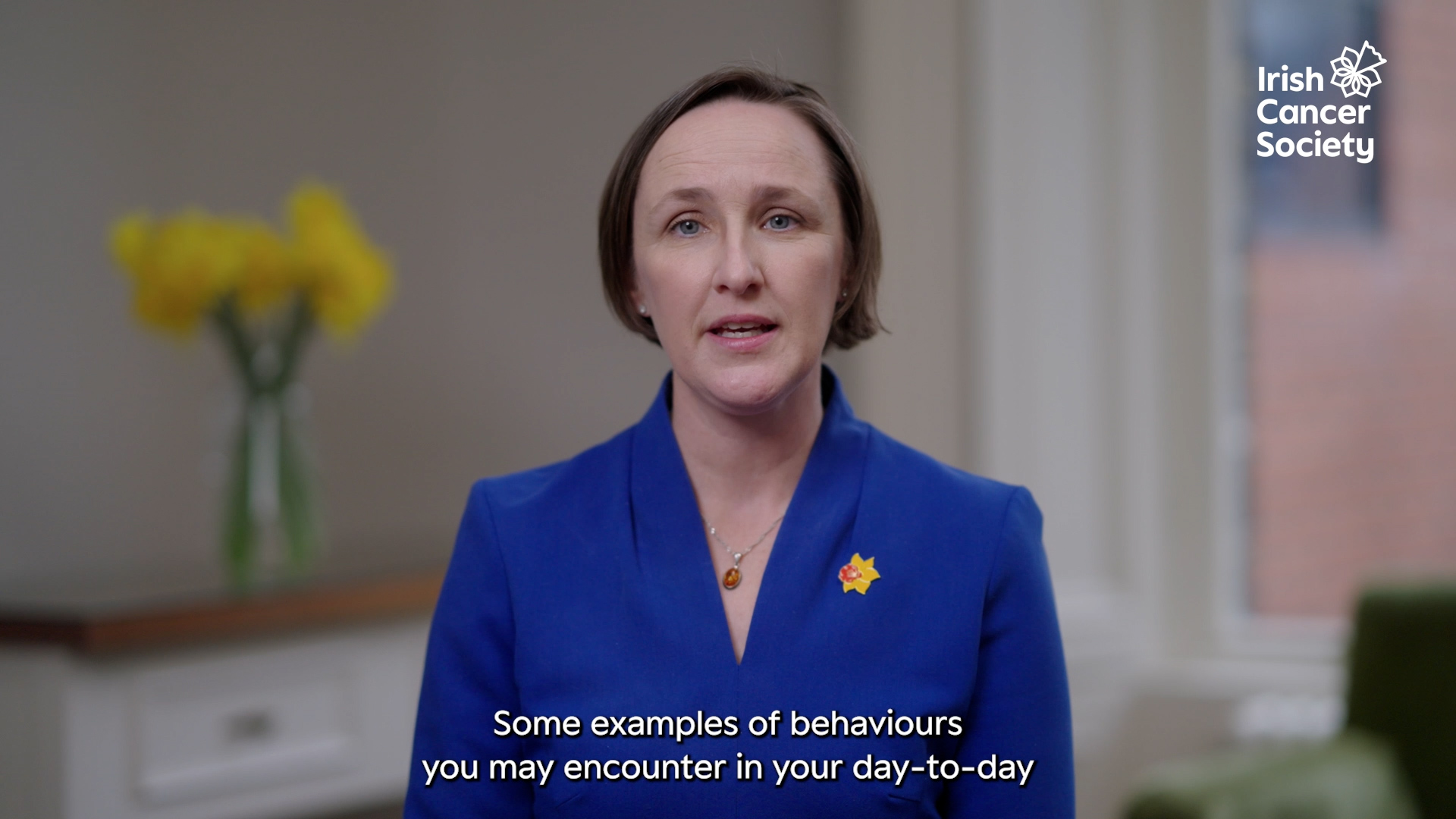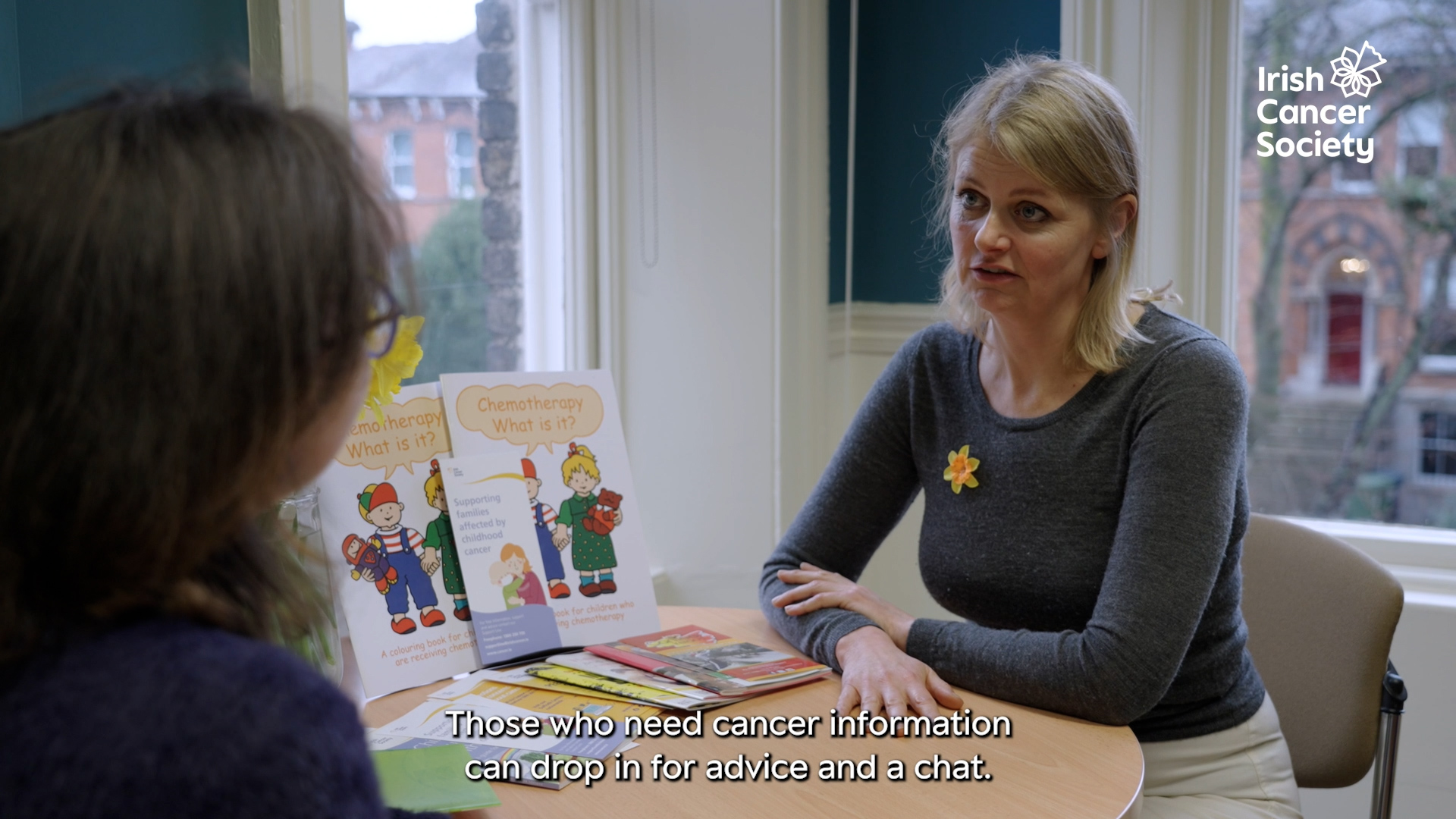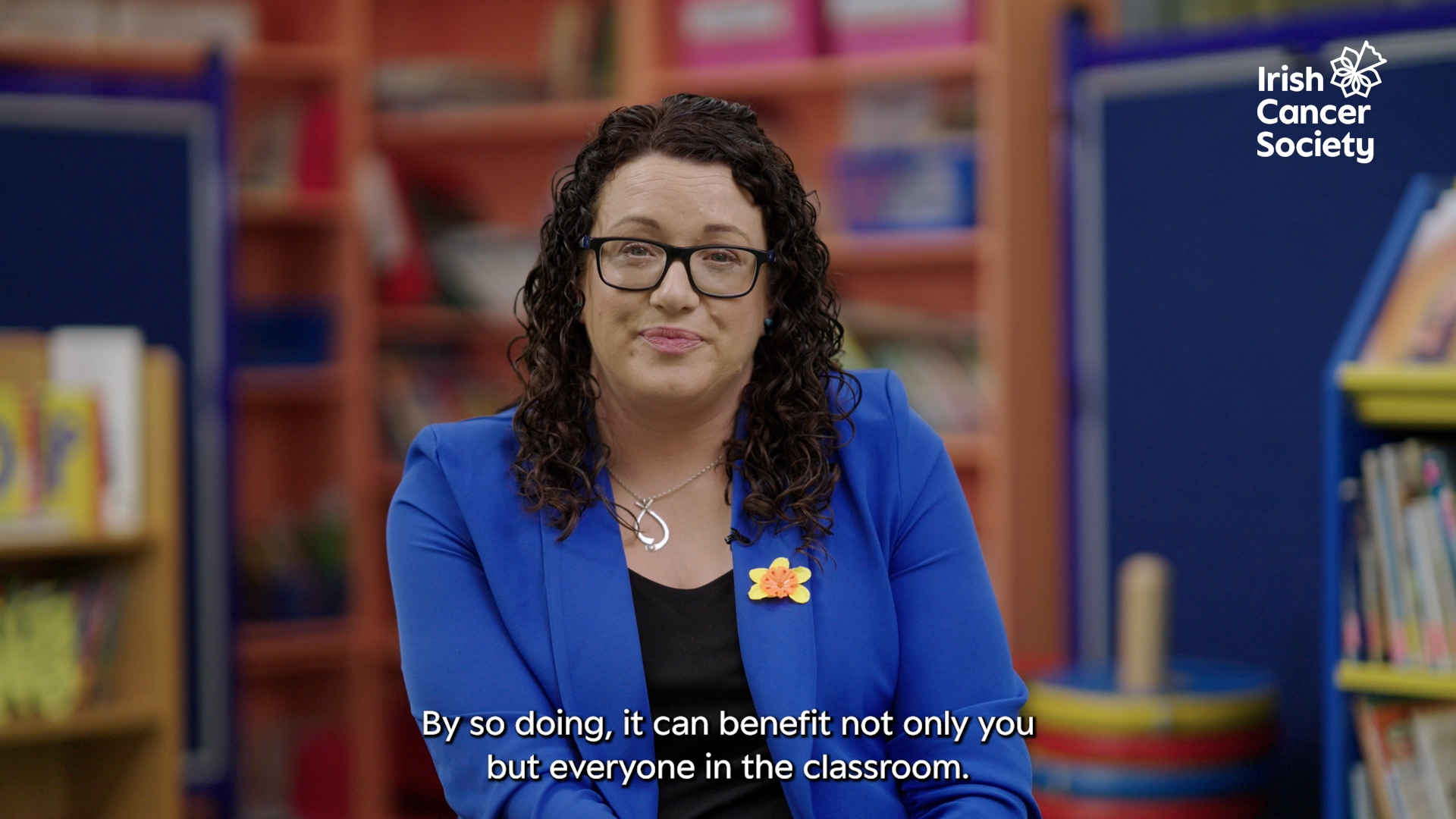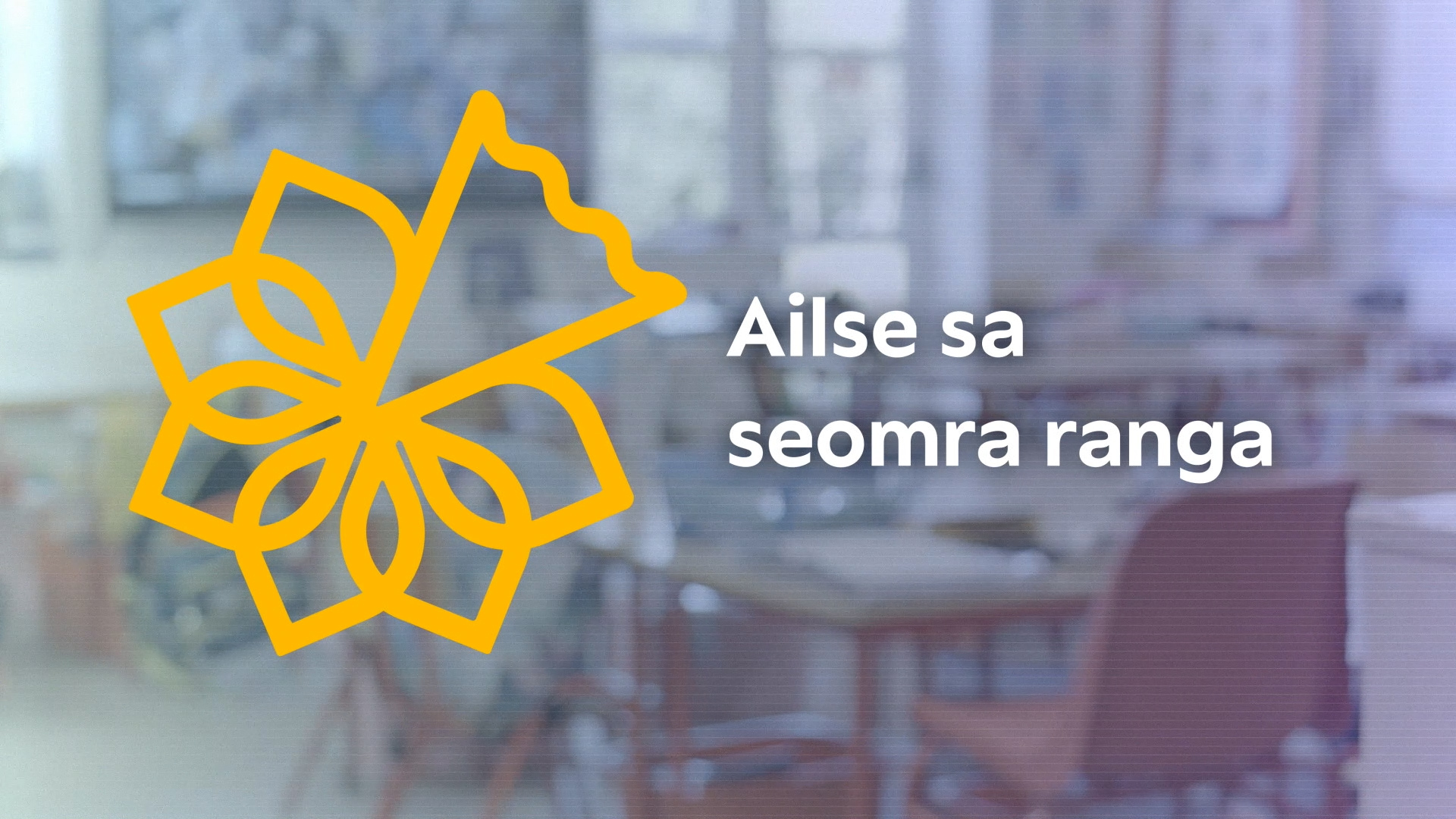Cancer in the classroom 2: What is cancer?
This video explains what we mean when we use the word ‘cancer’ and gives advice on how to talk about cancer in an age-appropriate way.
0:07
Cancer is a disease of the body cells and is generally named after the organ or cell where the disease starts. For example, lung cancer begins in cells in the lung. Cancer cells occur when normal cells grow and change in an abnormal and uncontrolled way.
0:28
There are many different types of cancer. For example, cancer of the blood, which is called leukaemia, can affect both adults and children.
0:39
The most common ones are breast, bowel, lung, and prostate cancers.
0:46
We don't know what causes cancer, however, there are some risk factors such as your age or maybe a family history.
0:55
While most cancers are curable, some cancers do not respond to treatment, and can progress and spread. There are many different types of treatments, such as surgery, chemotherapy, radiotherapy or targeted therapies. Some people may need a combination of those treatments.
1:18
Fortunately, research and science are improving outcomes for cancer all the time.
1:30
When you, the teacher are talking about cancer, the language you use may differ depending on the child's age and their understanding. If they ask questions, it's best to give children information slowly and take it one step at a time.
1:47
A younger child might be told; there's something in my body called cancer and the doctors are going to give me medicine to take it away.
1:55
Older children and teenagers may be able to understand a greater level of detail. For example, they may have a growth or tumour on their kidney and they will understand that they will need an operation and some further treatment in order for them to get better.
2:13
Don't be afraid to use the word cancer. Being honest is so important. If you don't know the answer to a question, that's okay too.
Cancer in the classroom playlist
